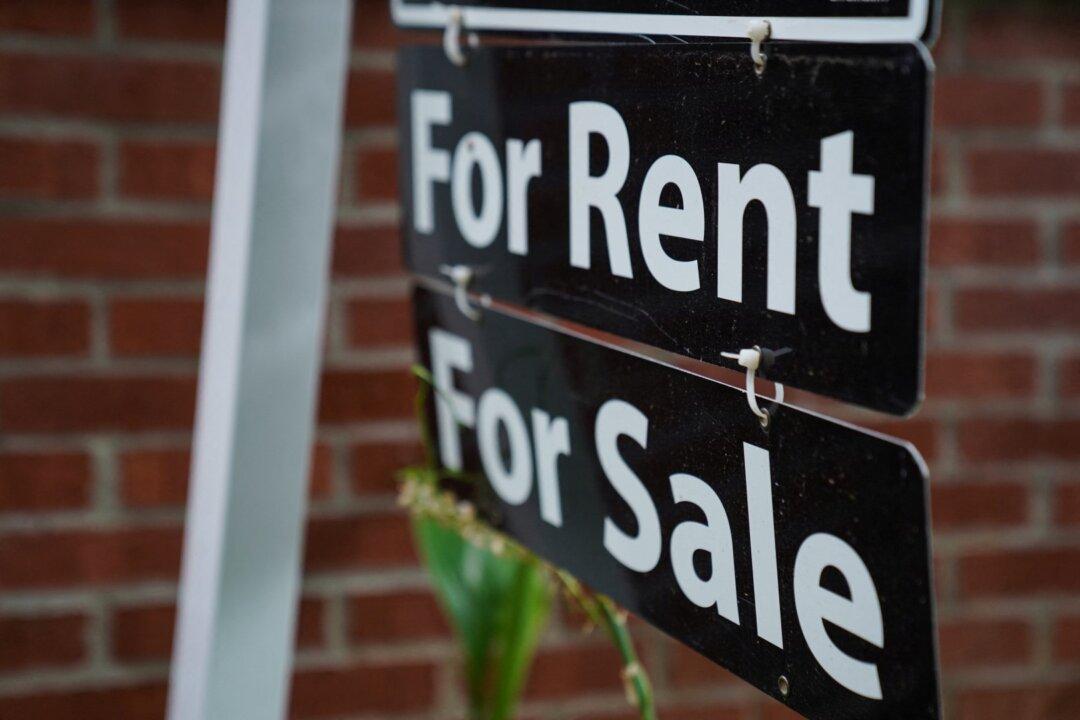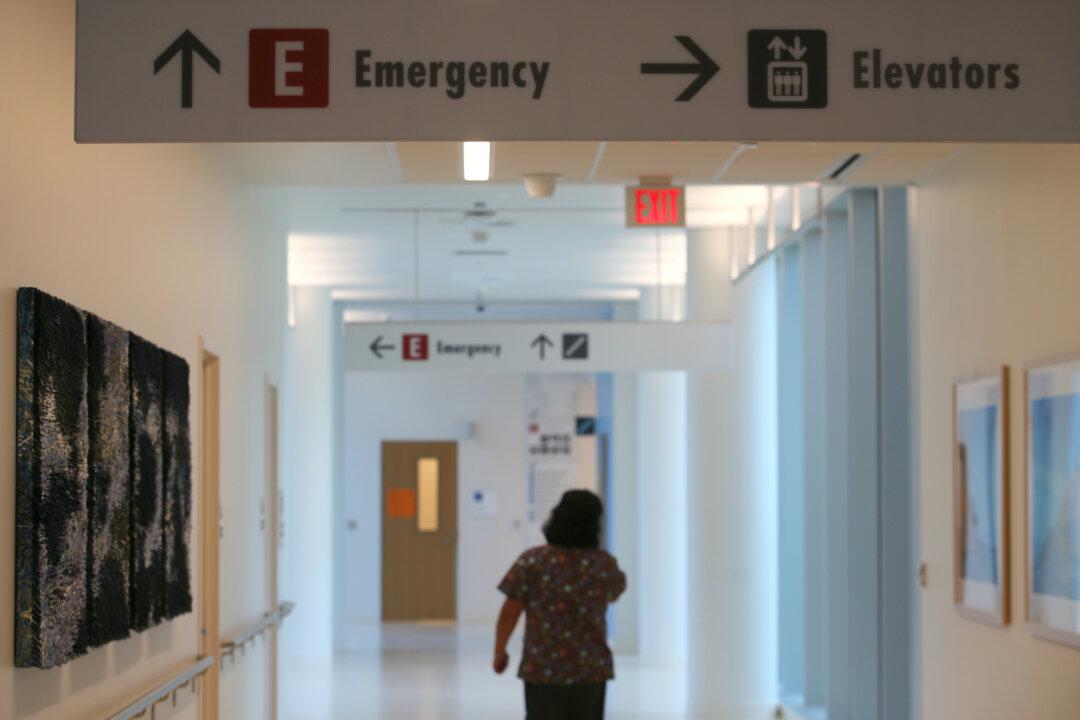WASHINGTON—U.S. existing home sales plunged to a 12-year low in December, but declining mortgage rates raised cautious hope that the embattled housing market could be close to finding a floor.
The report from the National Association of Realtors on Friday also showed the median house price increasing at the slowest pace since early in the COVID-19 pandemic as sellers in some parts of the country resorted to offering discounts.





